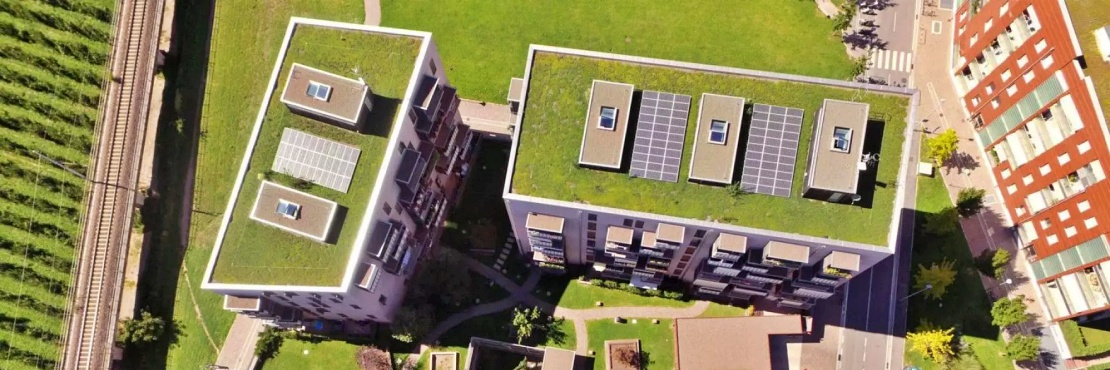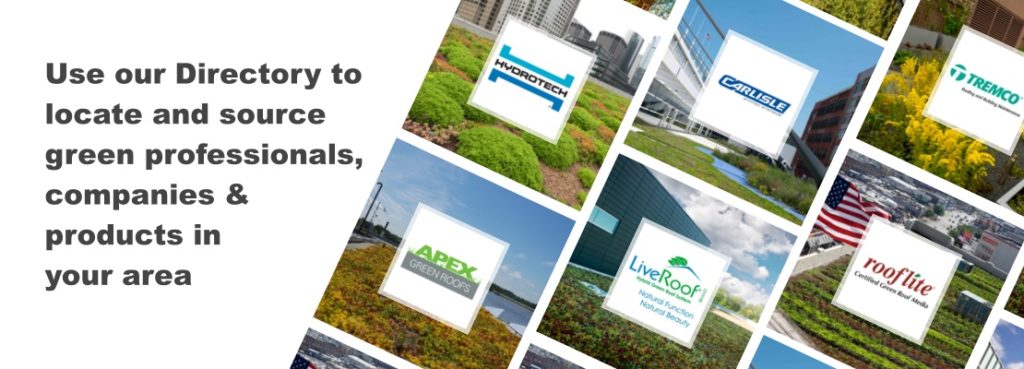Felix Poon | Outside/In of New Hampshire Public Radio | nhpr writes:
Every other Friday, the Outside/In team answers a listener question about the natural world.
This week’s question comes from Collin in Brandon, Manitoba, in Canada. Collin asks, "Do most city buildings have green roofs? And if not, why not?"
Wait, what’s a green roof?
A green roof is a roof that’s covered with plants instead of your typical asphalt or rubber. It could be sedum, a bunch of trees, even an urban farm. The concept is at least as old as the Vikings, perhaps dating as far back as the Hanging Gardens of Babylon in 600 B.C., one of the seven ancient wonders of the world.
“Green roofs help to cool and reduce air conditioning costs. They help increase biodiversity, and they reduce urban heat island effect.”
Kate England, Director of Green Infrastructure for the city of Boston.
Climate experts say green roofs are a key climate solution because they reduce buildings’ overall energy load and their associated greenhouse gas emissions.
Do most city buildings have green roofs?
It depends on the city, but finding an actual percentage isn’t easy. England said Boston, for example, has about 100,000 square feet of green roofs. But, like most cities, it doesn’t track how much total roof coverage it has.
One idea for calculating an estimate is to look at satellite images, count a city’s total rooftops, and crunch the numbers. Thankfully, a researcher at the Future Cities Lab in Zurich, Switzerland, by the name of Abraham Wu has done just that. Using images captured by satellites and drones in 20 cities worldwide, Wu configured artificial intelligence software to map green roofs and published his findings in a 2021 paper. You can take a look at these green roof maps at Roofpedia, a self-described registry of sustainable roofscapes that takes its inspiration from Treepedia. According to Wu’s research, 16% of the roofs he surveyed in Zurich are green roofs, and 8% of the roofs he surveyed in New York City are green roofs.
But Roofpedia isn’t perfect. We cross-checked the project with Google Maps satellite imagery, and it didn’t take long to find roofs that were incorrectly labeled as green roofs. In some cases a roof that was labeled “green” in Roofpedia appeared in Google Maps to be less than 50% covered by vegetation, a threshold that the city of New York maintains as the minimum required for tax rebates. In other instances, it didn’t appear that there was any vegetation whatsoever on a roof that was labeled as green.
The only other estimate of green roof coverage we could find came from a green roof advocacy organization called Green Roofs for Healthy Cities. Founder and president Steven Peck said even in the North American cities that are most actively promoting them, green roofs make up just 1% of total roof coverage.
Why just 1%?
Peck said there’s a couple of reasons why green roofs are not more common. First, buildings may not have the loading capacity needed to carry the extra weight of a green roof. Second, they’re more expensive to pay for up front, even though you save money in the long run because green roofs last longer.
But experts say we should expect to see more green roofs in the future, with many cities offering tax rebates and some even mandating that all new buildings install green roofs. Cambridge, Massachusetts, became the first New England city to mandate green roofs in 2021.
In Boston, Director of Green Infrastructure Kate England said she’s noticing a shift. The technology for green roofs is getting cheaper and lighter, and developers are showing more interest. It truly gives her hope that someday, “when you fly over the city of Boston…you’ll be seeing these beautiful green spaces on top of our buildings.”
Read more: Outside/Inbox: How many city buildings have green roofs?
 Greenroofs.comConnecting the Planet + Living Architecture
Greenroofs.comConnecting the Planet + Living Architecture








Barney Worrall
A green (or living) roof is not plants instead of asphalt or other waterproofing, it’s a living covering on top of the waterproofing. Just to clarify.